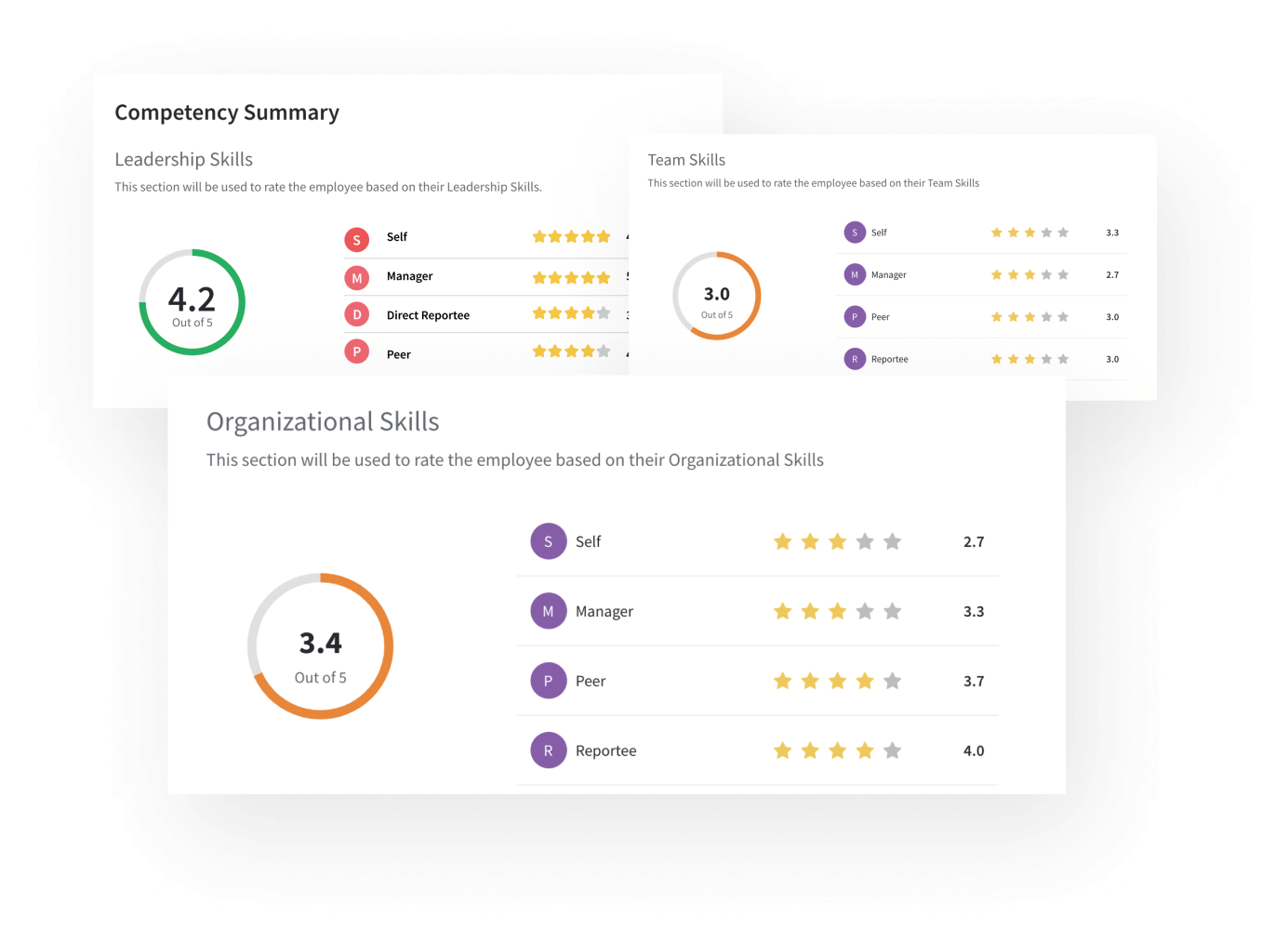What is the first thought that strikes you upon hearing the term ‘workplace’? Did your mind take you straight to images of desks, chairs, cabins, coffee machines, and water coolers?
*Pinch* *Pinch*
Now, now, don’t leave those chairs empty.
Let’s not leave out the amazing bunch of humans who spend their day working hard, chilling, going around talking, sipping coffee, and grabbing their favorite snacks.
With the whole idea of a workplace evolving over the years, little has remained the same with employees. Employees are now more etched into the dynamics of an organization. This is where employee experience (EX) has taken the center stage.
A focus on catering to the well-being and holistic development of employees has paved the way for employee experience design a.k.a EX design.
So, What is EX design?
Remember the days when the Human Resources (HR) department was solely responsible for employee welfare? Oh boy, how times have changed! Work cultures of today shift the responsibility of hosting employees from the human resources personnel to that of the whole organization.
What does that mean? Delivering great human resources, workspaces and communication require serious effort and planning from the part of an organization. And when they get it right, it heightens the employee experience.
Let’s get straight to the solution now. Meet Employee Experience Design.
It is the practice of consciously designing products, services, events, and workspaces with a focus on improving the quality of employee experience.
EX Design hence involves a holistic and participatory approach to devise employee-facing tools and services in order to improve the employee experience. EXD encompasses solutions that positively impact an employee’s emotional reaction and thus, their behavior and loyalty.
Why EX Design matters
According to a recent survey by Willis Towers Watson, improved employee experience (EX) creates value for both employees and business – EX drives engagement (81%) and employee wellbeing (80%) as well as productivity (79%) and overall business performance (78%).
Woah. No wonder they say winning in the marketplace requires victory in the workplace.
The importance of EX Design arises from its focus – creating meaningful opportunities for employees and addressing their fundamental needs to increase engagement. The improved employee engagement is seen as a precursor to better customer experiences, thus paving way for organizational success.

Sign up here for FREE to improve employee experience for your employees!
14-day free trial • Cancel Anytime • No Credit Card Required • No Strings Attached
EX vs CX
Creating soothing experiences at vital touchpoints is crucial as far as every organization is concerned. These touchpoints differ with respect to the entity at the receiving end – customers, employees, or users.
Customer Experience (CX) is defined as the thoughts, feelings and actions guiding a customer in their brand journey. CX encompasses all touchpoints across the buyer’s journey right from when they first hear about your company and continues throughout their customer journey, extending past their purchase.
Employee Experience (EX) comprises everything that an employee learns, does, sees, and feels during their journey with your organization. EX begins the moment someone looks at your job ad and goes on to the moment they leave your company.
EX design employs tools and techniques typical to customer experience management and service design such as employee experience journey mapping and touchpoint analysis.
Principles of EX design
Now that you have a clear understanding of what employee experience design is, let us look at the three fundamental principles governing EX design.
1. Understand
Employee experience design begins when organizations understand experiences from an employee perspective. These perceptions are founded on the basis of employee emotion, effort and success and play a crucial role in shaping their behaviors. Hence, any framework for building an EX design should delve into the fine details of how an employee goes through an experience right from the point of a job application.
2. Acknowledge
As vital as it is to understand an employee’s perception of experience, it is equally important to realize that these perceptions are unique. These unique experiences call for personalized designs which take into account the pre-requisites of each employee to achieve a positive experience. Acknowledging each employee’s expectations and perceptions is, therefore, a fundamental principle revolving around EX design.
3. Focus
Earlier, we saw how employee experience journey mapping can be vital for creating EX designs. Analyzing an employee’s expectations and actions along this journey rather than focusing on their touchpoints alone can prove useful for EX professionals. This approach calls for a shift of focus from just completing an evaluation process to providing an opportunity for growth and development.
Rethinking centricity
Nurturing an engaged and empowered set of employees requires an intentional approach to how an organization designs its employee experience. Exceptional EX is a blend of superior HR functions and management, positive work environments, and fine engagement. Efficiently crafting an EX design brings forth the need for organizations to adopt a customer-employee-centric approach.






